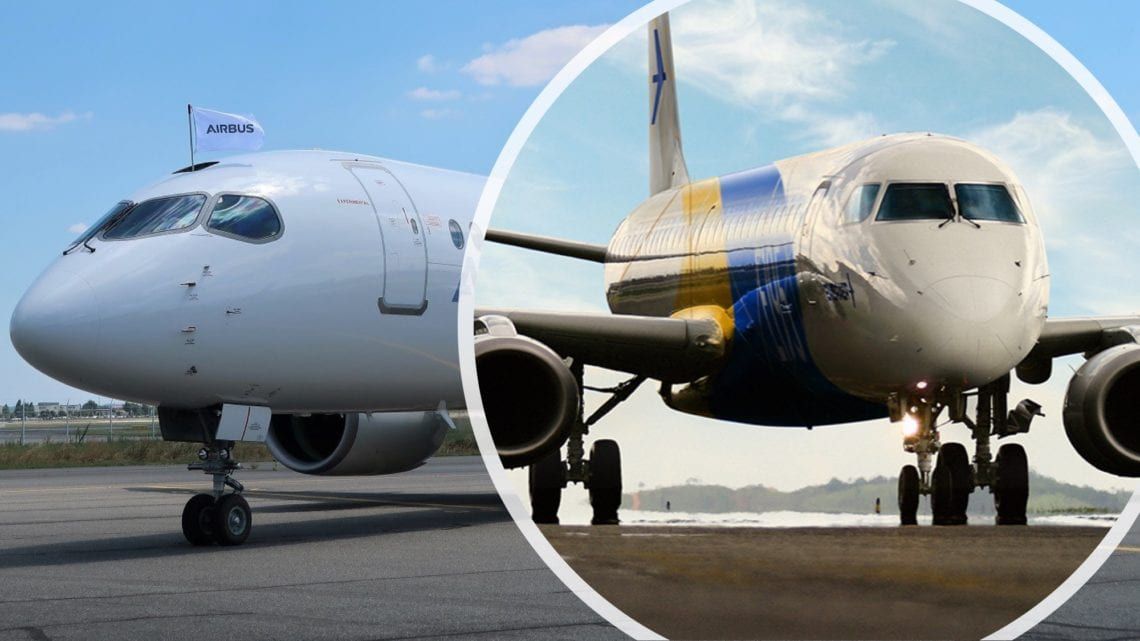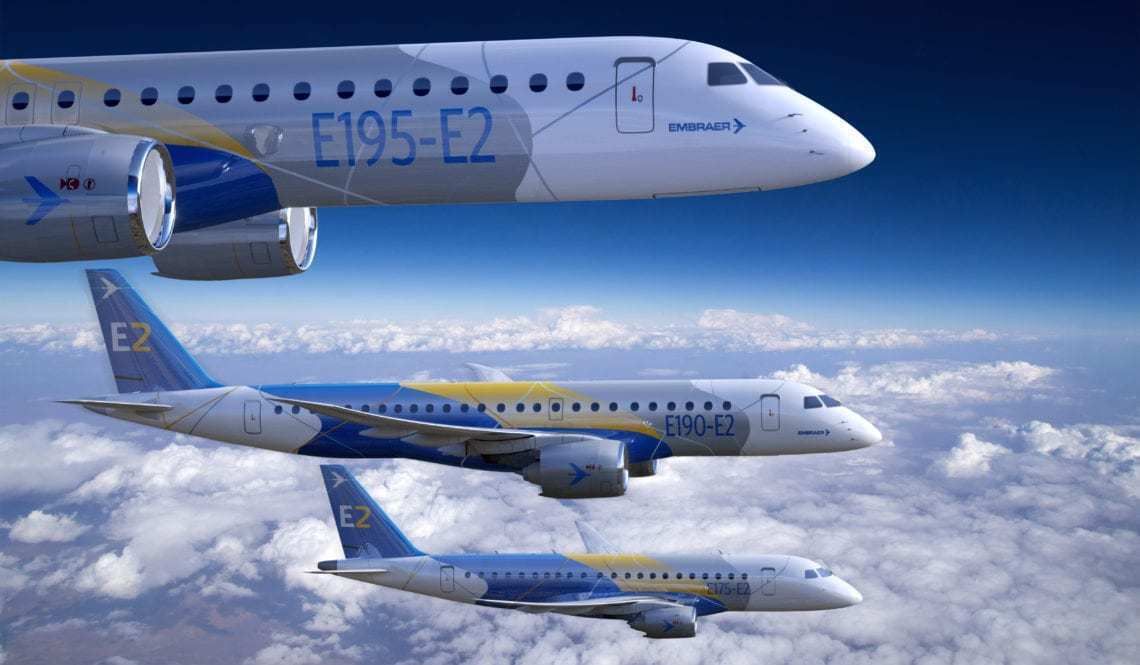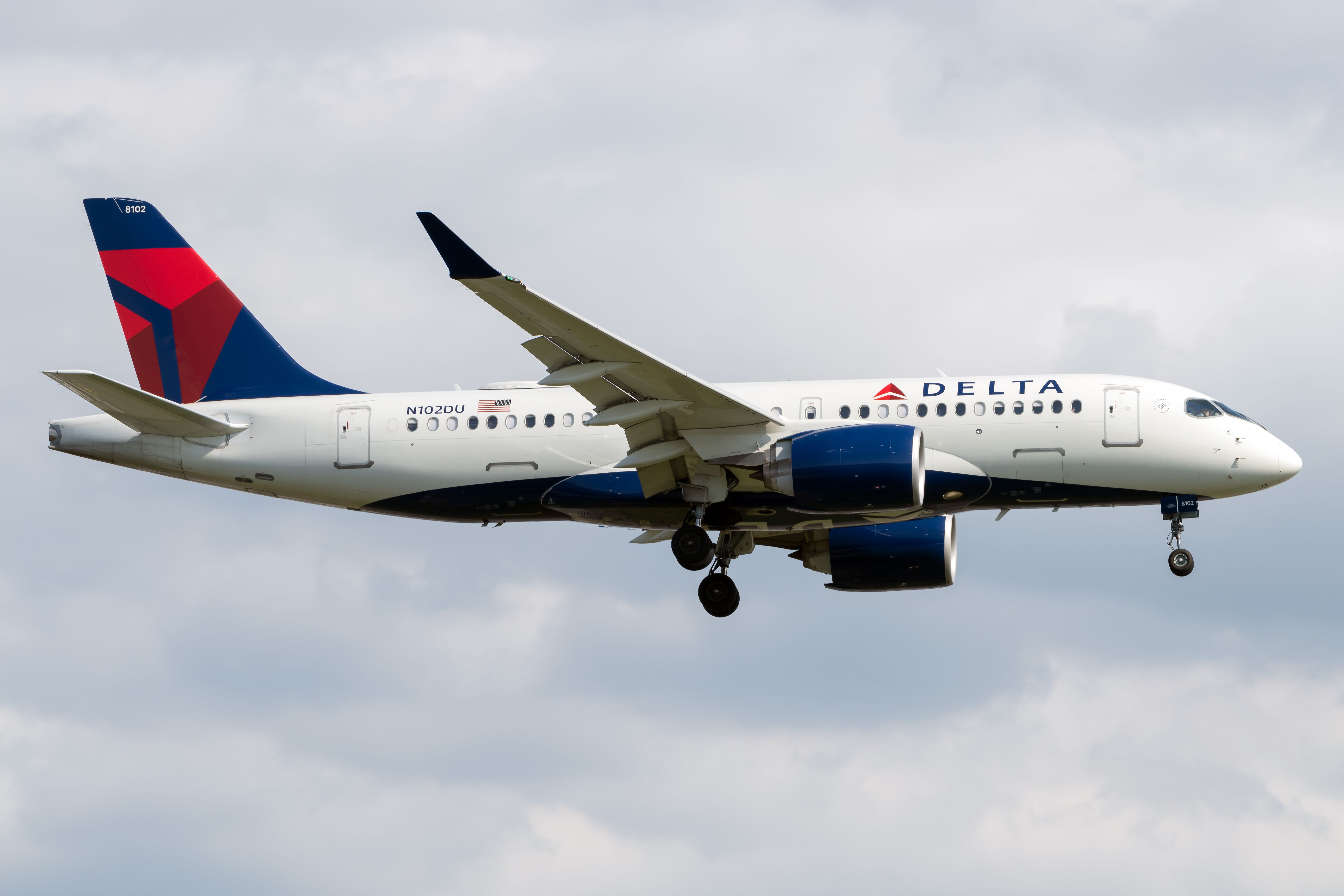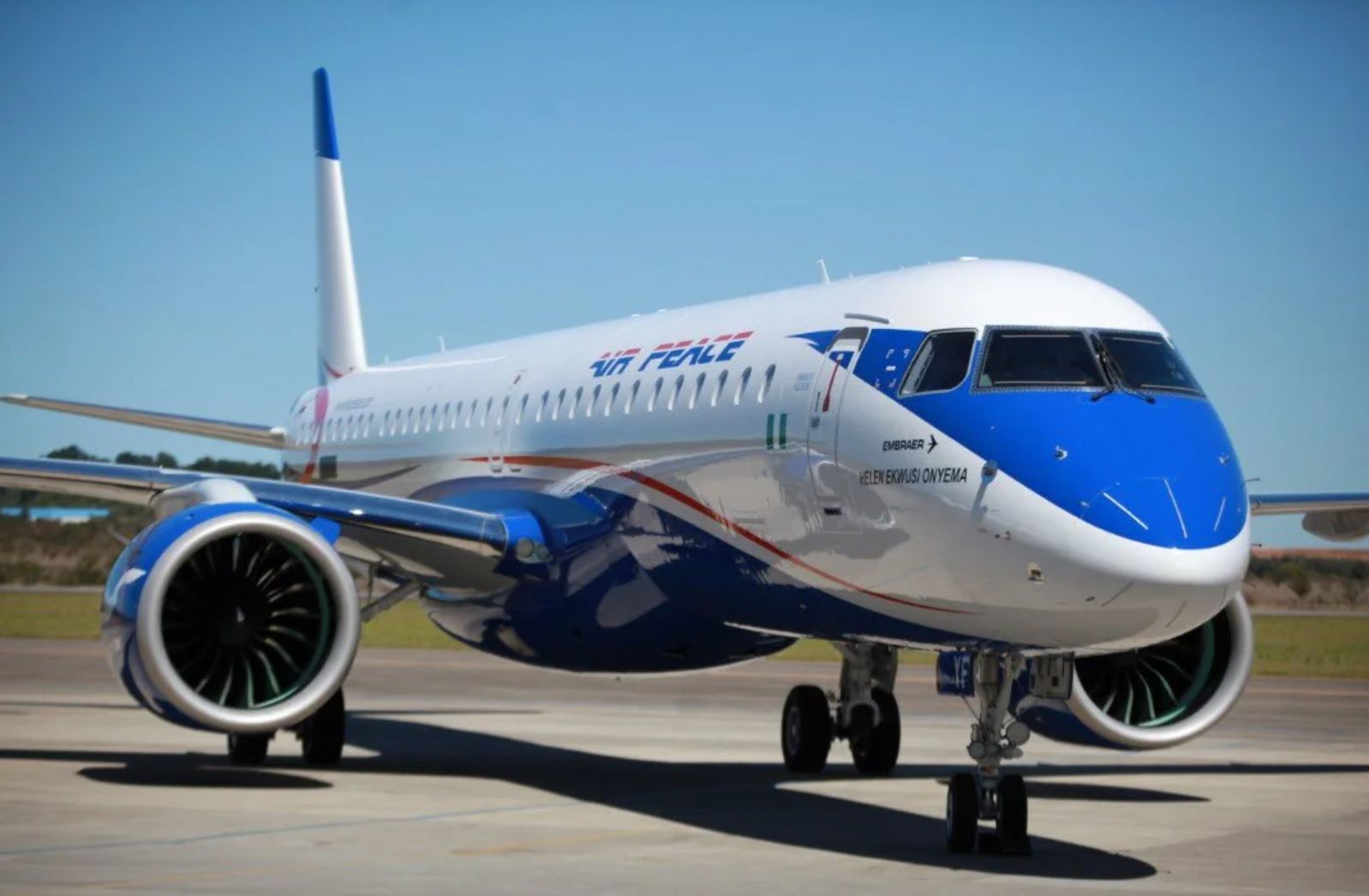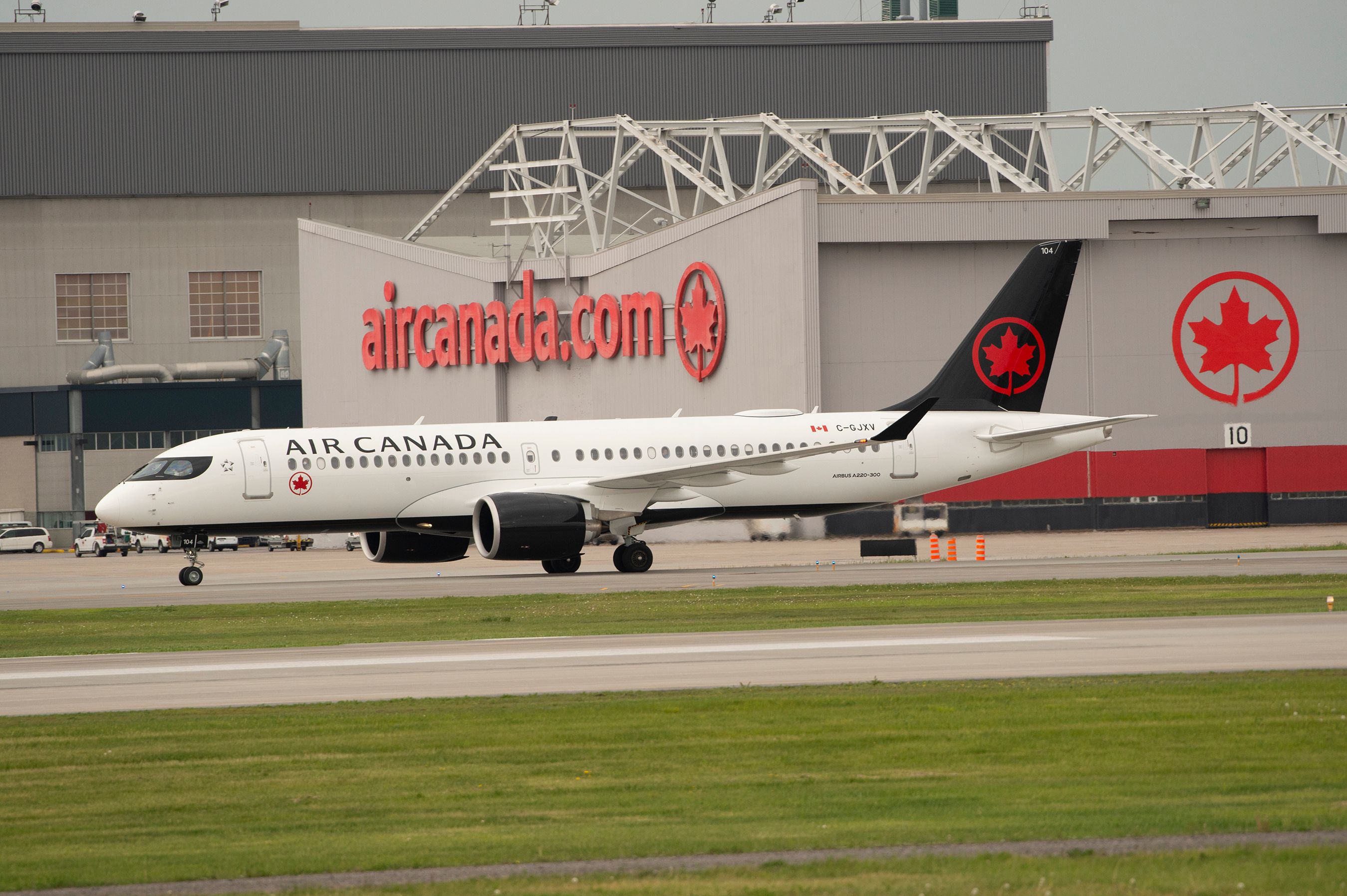Embraer is a well-known name in the regional jet market, with thousands of aircraft sold to carriers globally. However, Airbus has shaken up the industry with the A220, which is considered one of the best regional jets in the market. Today, we take a look at the latest offerings side-by-side to determine which plane is best.
Why is this choice significant?
The A220 is not a clean-sheet Airbus design, but rather a rebrand of Bombardier's struggling CSeries project. After the European giant bought the program, it quickly ramped up A220 production and attracted airlines with the plane's capacity and versatility.
However, it was not always easy for the CSeries, which promised to be a game-changing aircraft for airlines. The CSeries program received much scrutiny from Boeing early on, leading to the filing for an anti-competitive injunction over the subsidies to the planemaker by the Quebec government. With huge duties, the cost of selling the CSeries in the US would make it unfeasible, leading to Bombardier selling half of the project to Airbus, by which time the injunction has been overturned.
Boeing, meanwhile, pursued a merger with Embraer to create its own fleet of regional jet offerings. The deal was scrapped in 2020 at the height of the COVID-19 crisis, leaving the pair to compete in the market alone once more. Embraer has pushed on with its E2 program, the next generation of regional flying.
Get all the latest aviation news right here on Simple Flying
What are the key differences between the aircraft?
In today's comparison, we'll take a look at the largest variants of the A220 and E2 families on offer, the A220-300, and E195-E2. On paper, these are the key differences.
|
A220-300 |
E195-E2 |
|
|
Passengers capacity |
160 seats |
146 seats |
|
Length |
38.7m |
41.5m |
|
Range |
6,297km |
4,815km |
|
Fuel |
21,508kg |
13,690kg |
|
Cost |
$91.5 million |
$60.4 million (est.) |
Passengers
When it comes to passenger capacity, the A220 leads the pair, carrying up to 160 passengers in the densest layout. The E195-E2 tops out at 146, although airlines are likely to fit fewer seats depending on the market. On seats alone, the A220 bests the E195 here, but that's not the only metric to consider.
From once being unsellable in the US, the A220 has found major success in recent years. Photo: Vincenzo Pace | Simple Flying.
What about the passenger experience?
Before we move on to the next category, we should discuss passenger experience. By all reports, the A220 is actually configured with plenty of generous legroom, great cabin humidity, and plenty of modern comforts.
However, the E195 does have one big upside, a 2-2 configuration. This is much preferable to a 2-3 layout on the A220, which risks you being stuck in a middle seat on flights as long as six hours (if you're flying with airBaltic).
Range
Range is a complicated question to address in regional jets. As the name suggests, their purpose is to carry passengers over short distances by the most efficient means possible. However, both the A220 and E195 have framed themselves as capable of doing far more than feeding into hubs or servicing low-demand routes. Instead, airlines have used the planes to establish medium-haul services across Europe and Africa, making the range an important consideration once more.
The A220 beats out the E195 here again, flying over 1,500 kilometers more than its Brazilian counterpart thanks to a much larger fuel tank. But remember, for key regional operations, a lighter plane is more beneficial, so don't count out the E2 series just yet.
Fuel capacity / efficiency
Did you know that both planes use the same engine? Specifically, they both use the Pratt & Whitney PurePower PW1500G geared turbofan engines. Thus, how they burn fuel and power their aircraft really comes down to construction and engineering. The fact that the A220 can fly further on the same engine is rather telling... but the E195-E2 carries less fuel. And fuel is money.
Cost
Looking at the numbers above, you can see that the A220 is $30 million more than the E195-E2, although the latest figures on the E2 are not available yet. This means you could build out a whole fleet of E2s for a much lower price than buying a handful of A220s.
However, price is a deceptive figure in aviation. No airline will pay the list price for their planes, instead negotiating discounts of up to 50-60% with planemakers when ordering jets. So if the right deal comes along, both Airbus and Embraer will be willing to cut prices down.
Which is best?
Looking at the metrics, the answer is neither. The A220 and E195 fit two different airline profiles, with the A220 reaching typical narrowbody territory while the E195 stretches the upper bounds of a regional jet.
However, it is clear that the A220 has seized the upper hand with its design and range, becoming a favorite of airlines during the COVID years when low-cost was the name of the game. But the E195-E2 is still a capable regional jet, carrying less fuel and more passengers to ensure airlines remain profitable in a challenging market.
Which plane do you like best? Let us know in the comments.

